Major cruise disasters are extremely rare. Most cruises go off without a hitch, and even when something does go wrong, it’s mostly something minor.
But throughout history, there have been some disasters involving cruise ships, and in this guide, we’ll look at the worst ones to have ever occurred.

Important Definitions
Before we dive into the list, we need to define two things – what is a cruise ship, and what is a “disaster”.
For the purposes of this list, I’ve chosen to include ships that were operating as a cruise ship or as an ocean liner at the time of the disaster. These are ships that were either making long-haul passenger journeys, or ships that were sailing for pleasure. This means I’ve chosen not to include ferries such as the MS Estonia, or other types of ship.
So, for example, I haven’t included the Lusitania even though she was designed as an ocean liner, because when she was sunk she had been commandeered for the First World War.
When it comes to the term “disaster”, the definition is a little more vague. There are other articles you can read that will include the Carnival Triumph’s 2012 cruise as a disaster, for example, where the ship lost power and had major issues with sewage. Horrible, absolutely, and I’m sure the passengers onboard called their cruise a “disaster” – but I chose not to include it.
Instead, I’ve kept this list to incidents which involved a loss of life, because I think that’s a definition you absolutely can’t argue is a disaster. It’s also not a list of every cruise ship incident where life was lost, just the worst disasters.
With all that context, let’s take a look…
1. RMS Titanic

Number of deaths – 1,517
Easily the most famous of the disasters on this list, the Titanic is one of the biggest maritime disasters regardless of ship type. With a loss of over 1,500 passengers and crew, it was a horrific tragedy.
The cause of the incident is well documented – the ship hit an iceberg, creating a series of holes along the starboard side of the ship. This caused the hull to buckle and separate, eventually leading to the ship sinking.
A lack of lifeboats meant that many people onboard ended up in the freezing waters where they had almost no chance of survival. The only good to come of the incident was that it triggered a major overhaul of safety measures on ships, though it is horrendous that it took something of this magnitude to spark those changes.
Read more:
- Where Exactly Did The Titanic Sink?
- How Cold Was The Water When The Titanic Sank?
- Are There Still Bodies In The Titanic?
2. Empress of Ireland
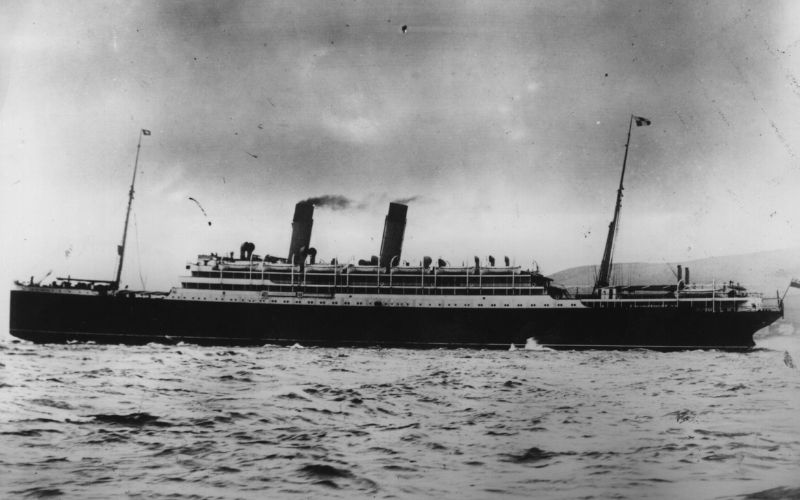
Number of deaths – 1,012
The Empress of Ireland was another major shipping disaster which occurred in the early 20th Century – she sank in 1914, only two years after the Titanic, contributing to a bleak time in maritime history which would only get worse as the First World War took hold.
This was a Canadian ship, and she struck another ship, the Storstad, which was a Norwegian Collier. The ships were aware of each other, but the sudden onset of fog made it very difficult to communicate, with only whistles available.
The Empress of Ireland sank once she was hit, leading to the deaths of over 1,000 passengers and crew in the worst peacetime maritime disaster in Canada’s history. The Storstad survived in the incident and would ultimately be handed over to the Canadian Pacific Railway company which had owned the Empress of Ireland, as compensation.
3. SS Eastland
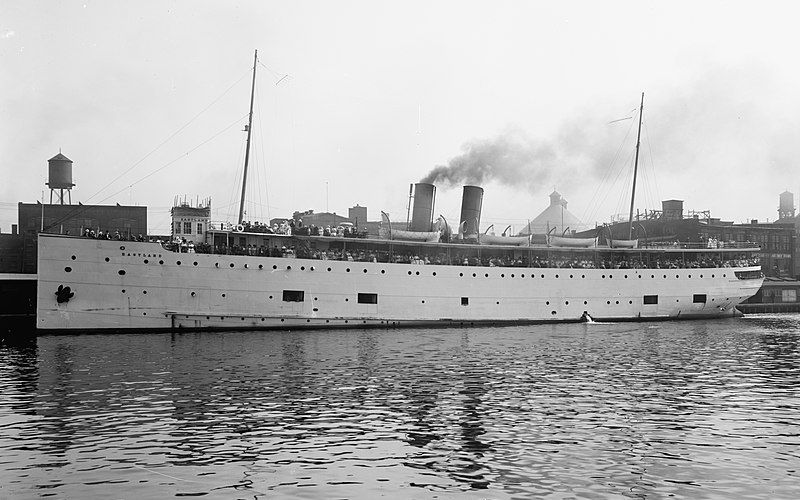
Number of deaths – 844
The SS Eastland was a large passenger ship designed for cruises of the Great Lakes. She was built in 1903 and would sail until 1915, when she sank, causing the deaths of over 800 passengers and crew. This is the largest loss of life of any ship on the Great Lakes.
The ship had a history of listing issues, having first almost capsized in 1904 when she was carrying 3,000 passengers. This led to a reduction in her maximum capacity, though further incidents took place which caused concern.
On 24th July 1915, the ship would lurch and ultimately capsize while at the dock in Chicago, with many passengers trapped below the decks as the ship sank to the river bottom. Some passengers were also killed after being crushed by heavy furniture. Despite the ship being so close to the dock, it was impossible to get everyone out in time, hence the high death toll.
4. Saint-Philibert
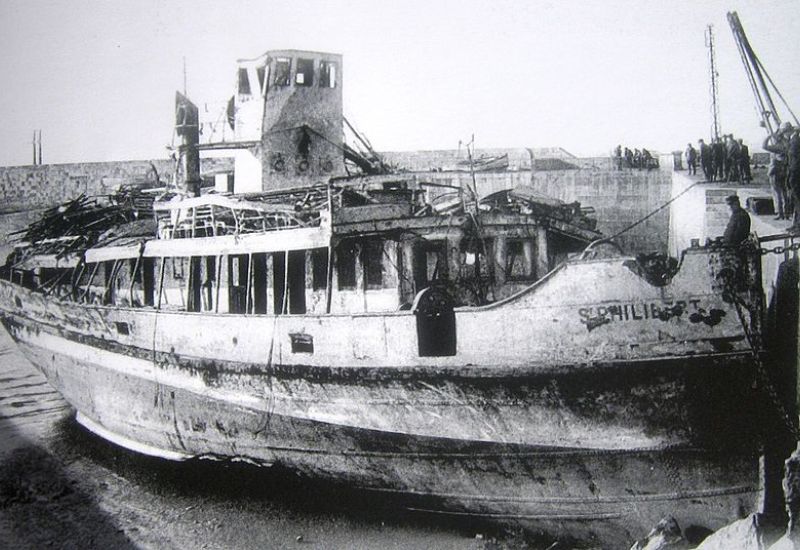
Number of deaths – Approx. 500
The Saint-Philibert was a small cruise ship that offered cruises along the Loire River and around the northern coast of France.
She only measured 32 meters in length, but she had an estimated 500 or so people on board on a cruise from Nantes in 1931 – 467 passengers were officially checked onto the ship alongside at least 8 crew members, though there were also children onboard and they weren’t counted.
This was around twice the expected load for the ship, and a combination of being overloaded and bad weather caused issues. As the ship sailed on its return leg, she capsized, leaving behind only 8 survivors.
The victims’ families took the owners of the ship to court, but they were found not to be at fault despite the overcrowding of the ship.
5. Dongfang zhi Xing
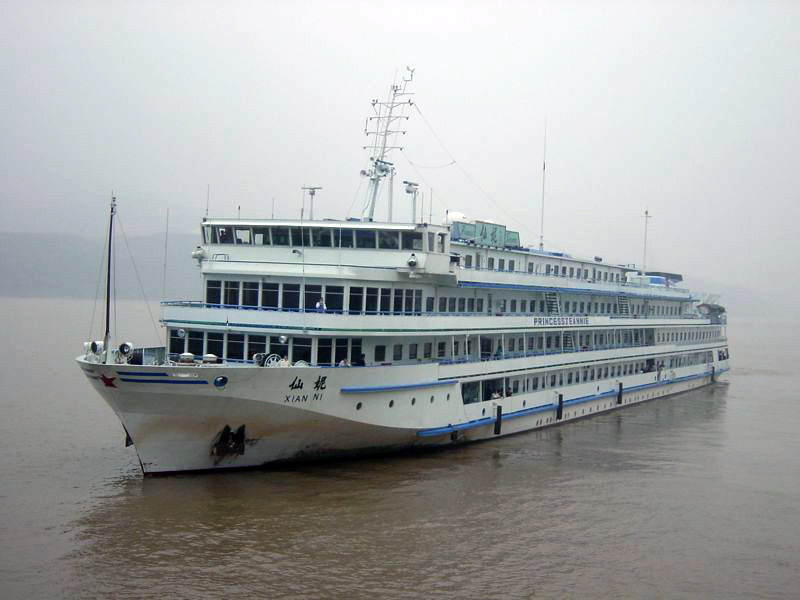
Photo: davidd from Waialua, Oahu, Hawaii, USA, CC BY 2.0, via Wikimedia Commons
Number of deaths – 442
The most recent cruise ship disaster on this list, it’s also the worst river cruise disaster in history. The MV Dongfang zhi Xing (roughly translated as the Eastern Star) was sailing along the Yangtze River in 2015, cruising through the renowned Three Gorges.
Unfortunately, on 13th June, the ship was caught in a massive storm – originally thought to be a tornado, though it was later clarified that the tornado occurred 8km away and instead this was a downburst in a thunderstorm. It caused the ship to capsize.
There were 454 people onboard the ship, most of whom were from the Nanjing region of China and in their 60s and 70s. There were around 45 crew members on the ship, as well as five tour guides who were brought onboard to help educate guests on the region. Only 12 people survived the incident, including the ship’s captain and chief engineer.
6. SS Admiral Nakhimov
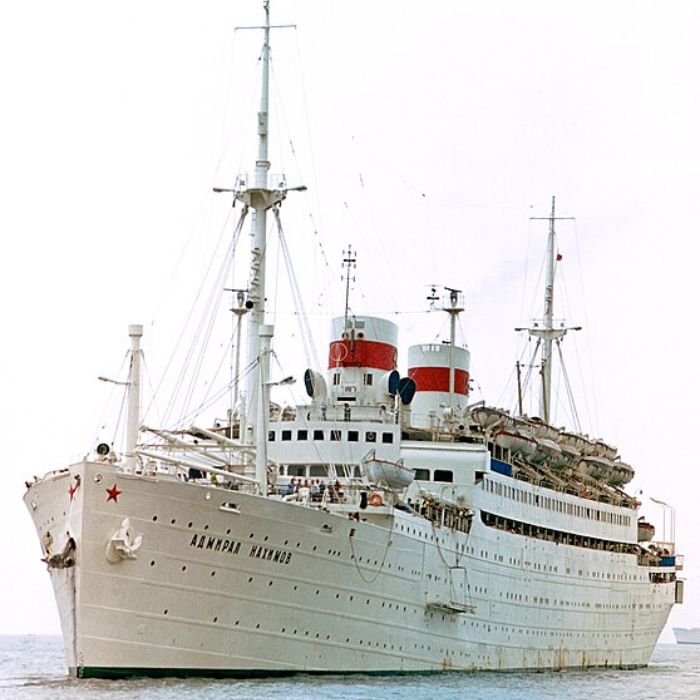
Number of deaths – 423
The SS Admiral Nakhimov was originally built as a passenger liner for the North German Lloyd Line in Germany, sailing as the Berlin. She was then used by the Nazis as a hospital ship during the Second World War, before being given to the Soviet Union through reparations. By this time she had already been hit by mines and sunk once, and she was sunk for a second time in 1947.
She was raised, repaired and renamed and was then used as a passenger service, cruising the Black Sea on a six-day round trip, which she did successfully for almost 40 years.
On 31st August 1986, she collided with the cargo freighter Pyotr Vasev (source). This is despite earlier radioing the freighter and warning of a collision course, with the crew on the freighter claiming that they would turn and pass without incident, despite then not changing course.
Of the 888 passengers and 346 crew members onboard, over 400 were killed when the ship sank, most of whom were Ukrainian.
7. Aleksandr Suvorov
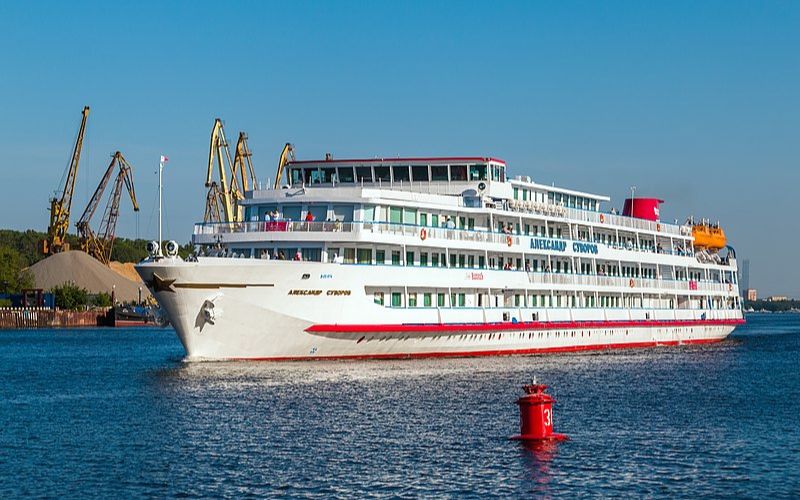
Number of deaths – 176
The Aleksandr Suvorov is a river cruise ship that is still operating sailings on the Volga, the biggest river in Russia.
On 5th June 1983, while sailing from Rostov to Moscow, an auction was taking place in the cinema hall on the upper deck, with many guests present. However the ship was trying to pass the Ulyanovsk railway bridge at the wrong point, and it wasn’t noticed until the ship was about to collide.
Girders from the bridge cut through the cinema hall where the auction was taking place, and of the 395 people onboard the ship, almost half were killed. Despite the captain having relinquished control of the ship to his chief mate, he was jailed for six years for the incident.
8. SS Morro Castle
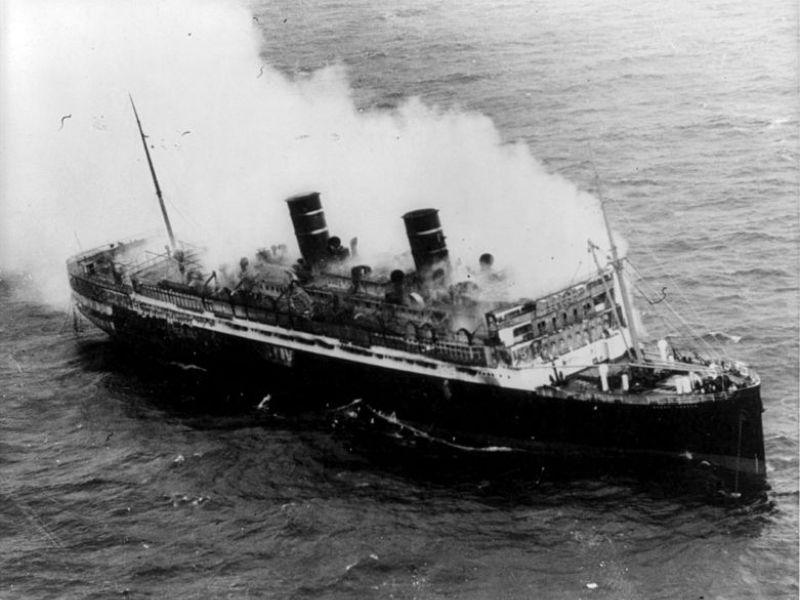
Number of deaths – 137
The SS Morro Castle is another incident where the ship involved did not actually sink, but still suffered a major disaster that was quite horrific. And it began, on 5th September 1934, with the death of the ship’s Captain by an apparent heart attack, after complaining of feeling unwell earlier in the evening.
Command passed to the Chief Officer, William Warms, and as the night continued a fire broke out within a writing room. Acting Captain Warms tried to beach the ship, but had to abandon his plan, by which point the ship was in darkness after the electrical cables were burned through.
Passengers gathered on the deck but were not given clear instructions. Some lifeboats launched, but containing just 85 people, most of whom were crew. Passengers were forced to jump into the stormy waters, but some died due to being unable to operate the flotation devices, or even after being struck by the devices being thrown into the waters.
In total, 137 people died either on the ship or in the water.
9. SS Andrea Doria
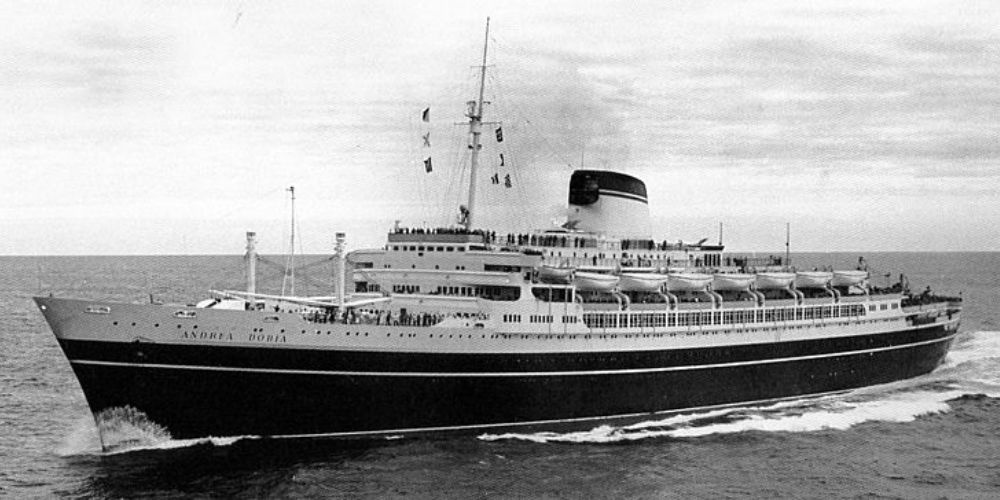
Number of deaths – 46
The SS Andrea Doria was a luxury ocean liner that launched in 1953, but only sailed for three years before she sank. On 25 July 1956, the ship collided with the Stockholm, a Swedish passenger liner (source).
The Stockholm was sailing an unorthodox route, avoiding the typical eastbound traffic area and sailing into westbound traffic. Still, this was deemed to be safe because the ships were using radar, though it appears that both ships misinterpreted each others’ course.
While the Andrea Doria did lose half her lifeboats in the collision and subsequent listing, she remained above the water for 11 hours, which meant that the crew could calmly arrange for all guests left alive to be rescued.
The 46 people who lost their lives all died at the moment of collision. Over 1,600 passengers and crew were rescued.
10. Costa Concordia
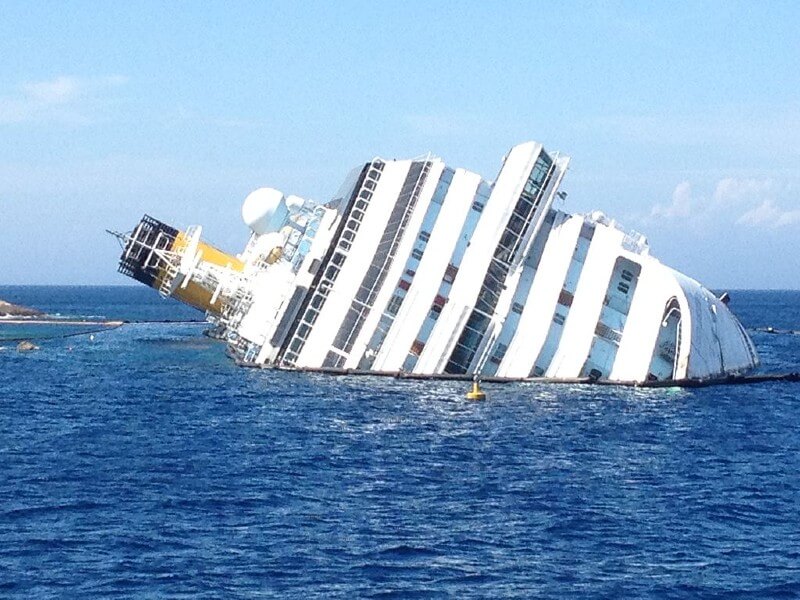
Number of deaths – 32
The Costa Concordia disaster is very famous due to its recency, and the fact that it’s one of the only major disasters to occur involving what we’d consider to be a modern ocean-faring cruise ship.
The cruise ship ran aground on 13th January 2012, after Captain Francesco Schettino changed the course of the ship to carry out a sail-by of the island of Giglio. Schettino refused to raise the alarm, and abandoned ship while passengers were still onboard.
32 people lost their lives in the incident, with the final bodies discovered three years after the ship ran aground, as the ship was being dismantled. Schettino was jailed for his role in the disaster.
Read more:
- Where Is The Costa Concordia Cruise Ship Now?
- Did They Find All The Bodies On The Costa Concordia?
- How Much Compensation Did Costa Concordia Passengers Get?
11. MV Royal Pacific
Number of deaths – 9
The MV Royal Pacific was a cruise ship sailing on a two-night cruise to nowhere from Singapore when she was hit by a fishing trawler on 21st August 1992.
The extent of the damage to the MV Royal Pacific caused her to sink in just 15 minutes.
There were 355 passengers and 179 crew on the ship and most were able to abandon ship quickly on the lifeboats. During the rescue, three people drowned, while another six weren’t found and were assumed to be trapped in the ship. A report declared that there was fault on both ships’ parts for the incident.
Final Word
That’s the list of the worst cruise ship disasters in history by loss of life. If you know of any disasters that I’ve missed in my research – bearing in mind the rules I set out at the start of this guide – then please do let me know and I’ll be sure to update this list.
Related Posts:
- Are Cruises Safe? 8 Threats To Consider
- What Happens If There Is A Hurricane While On A Cruise?
- How Many Cruise Ships Have Sunk?
- What Happens If A Cruise Ship Is Hit By A Rogue Wave?
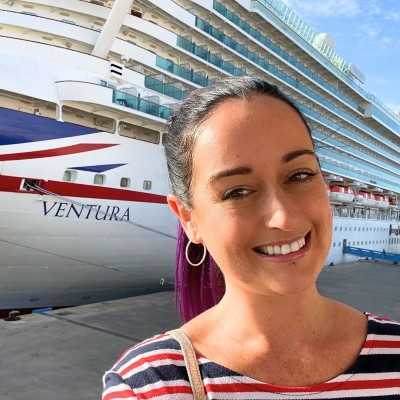
Jenni Fielding is the founder of Cruise Mummy. She has worked in the cruise industry since 2015 and has taken over 30 cruises. Now, she helps over 1 million people per month to plan their perfect cruise holidays.


